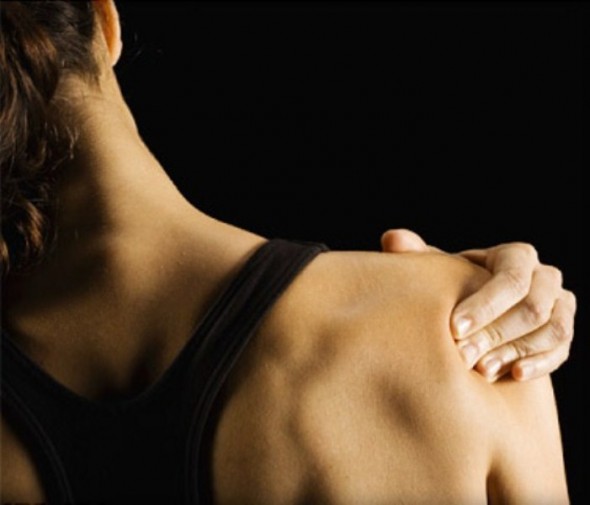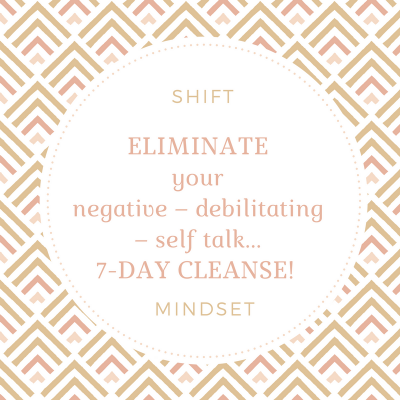People engage in different kinds of activities. Some of them are can be invigorating others can be strenuous. There are certain taxing activities that can cause muscle aches and pains. If you are experiencing this lately then here are some of the things you need to know on how to manage muscle soreness.
Causes of Muscle Pain
A lot of things can cause muscle pain. Stress and fatigue is the most common cause. Other causes include drastic changes in your physical routine and overworking or over exercising. The additional stress you put into your muscle results in muscle soreness. Cramps also trigger muscle pain. These are involuntary muscle contractions or spasms. Workouts per se can also cause muscle pain, the soreness you feel the next day after your workout is called “delayed onset muscle soreness.” Usually these types of muscle pain are localized, affecting only a specific part of your body such as your legs, arms, neck, and shoulders. However, if you experience pain all over your body it can be caused by infection or other muscle conditions such as fibromyalgia. Fibromyalgia is a systemic disorder characterized by widespread body and muscle pain. It also involves fatigue, lack of sleep, mood swings, numbness, and cognitive dysfunctions such as memory loss.
How to Treat Muscle Pain
Muscle pain is very manageable and can be treated in a number of ways depending on the kind of muscle soreness you are experiencing.
Rest and Relax. Rest is the first thing you need to do to alleviate your muscle pain. You need to refrain from both normal and strenuous activities even your exercise. Your muscles need time recover from the stress it experienced. If your legs or feet are the sore parts, elevating it will also relieve you of some pain.
Ice packs or ice bath. Place an ice pack on the sore area three times a day for roughly 15 minutes. You can also consider having an ice bath. Chris Bleakley, a research fellow at the department of Health and Rehabilitation Sciences at the University of Ulster in Ireland said, “We found some evidence that immersing yourself in cold water after exercise can reduce muscle soreness, but only compared to resting or doing nothing.” Ice will lessen the inflammation immediately after the activity but applying heat later on will increase blood flow to the to the sore area.
Massage. According to a recent study, 10 minutes of Swedish massage after a workout reduces muscle soreness. Researchers think that massage decreases the amount of NF-kB, a type of protein that contributes to the inflammatory response of muscles to exercise.
Anti-inflammatory medicines. Ibuprofen, aspirin, and naproxen are some non-steroidal anti-inflammatory drugs (NSAID) that will help relieve you of pain and decrease your muscle inflammation and soreness. Make sure that you don’t become dependent on NSAIDs because it has the tendency to prevent your muscles from naturally repairing itself.
Muscle aches and pains can be prevented through a healthy balance of one’s activities. You need to know your limits avoid pushing yourself to the extreme. Should you experience any muscle soreness, this condition is very much manageable and easy to treat as seen in the above mentioned tips. Your muscles just like any part of your body need ample rest for it to function properly.
Author Bio: Treisha Marle is a freelance writer, regular runner and former Bed Mattress Retailer. She is a portrait of a modern-day Party Girl. Nights of dancing and socializing are not uncommon in her life, but she claims to know and respect her limits. When responsibilities and opportunities align themselves, she knows how to prioritize them and keep them in order. Treisha works part-time as a blog manager and writer for Uratex Blog.
Twitter: https://twitter.com/treishamarle

Sylvia Browder is CEO of Specialty Home Services LLC, a Home Improvement Company; a Small Business Consultant at Browder Consulting Group, a startup consultancy firm to help women with startup assistance, marketing, website and graphic design work and other support services. In addition, she has co-authored several published books; publisher of ‘Sylvia Browder’s Blog for Women Entrepreneurs’ a lifestyle blog; and publisher of ShopSpendBlack.com Business Directory & Blog platform created to help consumers find black owned businesses in a searchable format. In her spare time, she enjoys spending time with her husband of 30 years; 5 adult children and 5 grandchildren; church; friends and motorcycle riding.

















